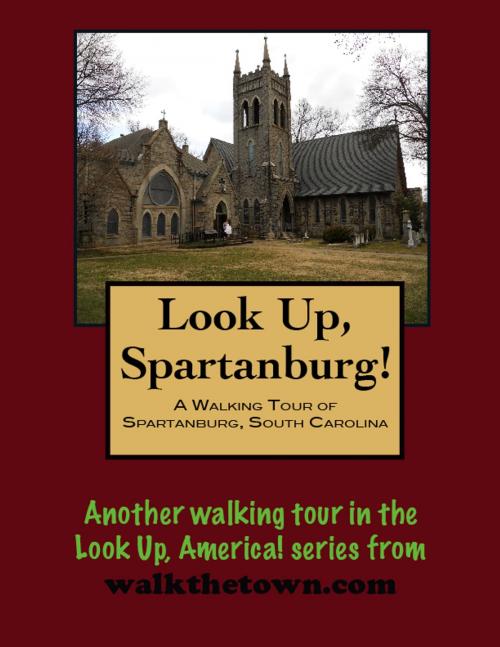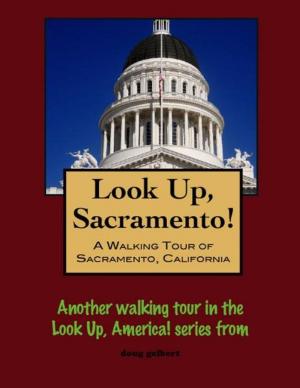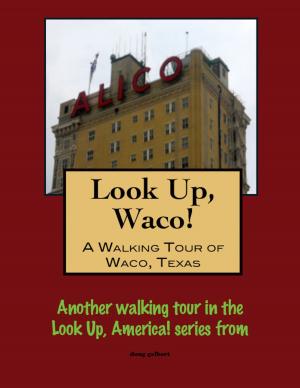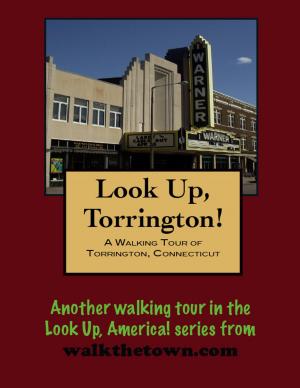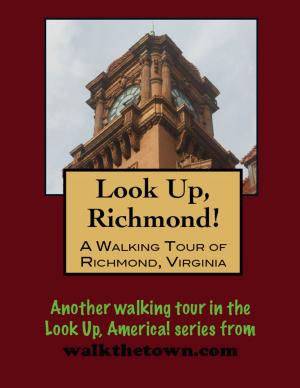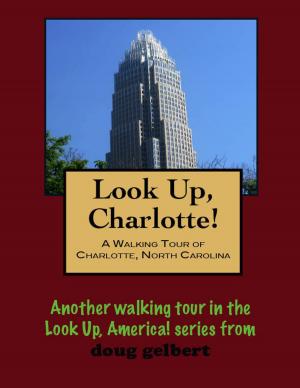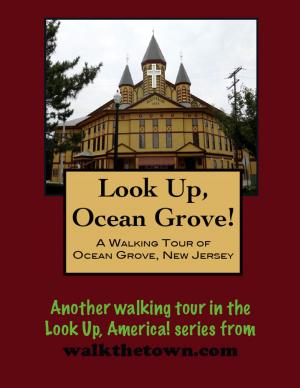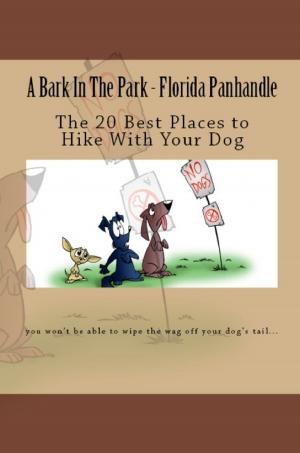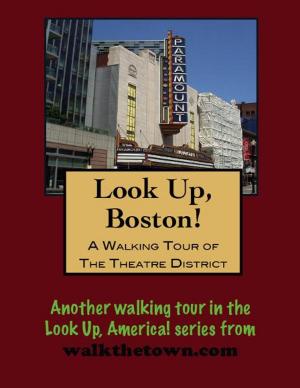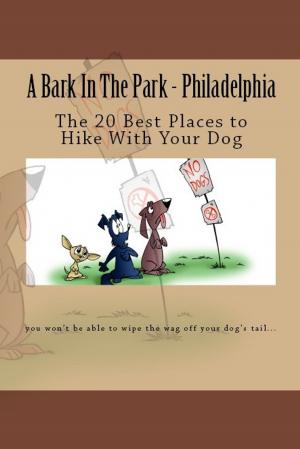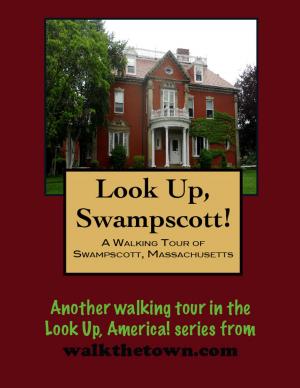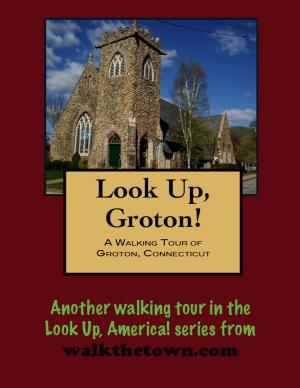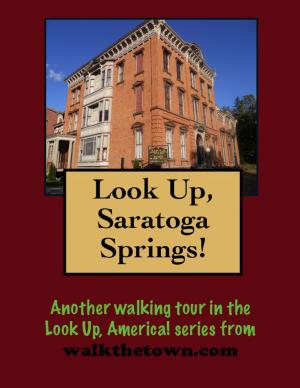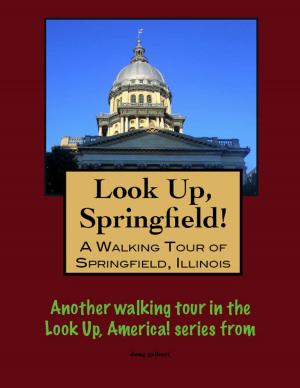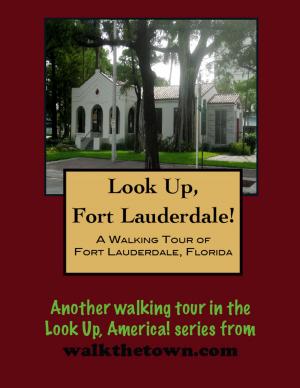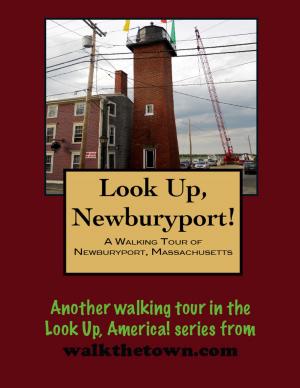| Author: | Doug Gelbert | ISBN: | 9781458016737 |
| Publisher: | Doug Gelbert | Publication: | March 5, 2011 |
| Imprint: | Smashwords Edition | Language: | English |
| Author: | Doug Gelbert |
| ISBN: | 9781458016737 |
| Publisher: | Doug Gelbert |
| Publication: | March 5, 2011 |
| Imprint: | Smashwords Edition |
| Language: | English |
There is no better way to see America than on foot. And there is no better way to appreciate what you are looking at than with a walking tour. This walking tour of Spartanburg, South Carolina is ready to explore when you are. Each walking tour describes historical, architectural landmarks, cultural sites and ecclesiastic touchstones and provides step-by-step directions.
Every tour also includes a quick primer on identifying architectural styles seen on American streets.
After a treaty was struck with the Cherokee Nation in 1753 European settlers, primarily Scotch-Irish, began trickling into this area from Pennsylvania and Virginia in the late eighteenth century. Almost unimaginably, here, far from the cobblestone streets of Philadelphia and Boston and Williamsburg, some of the most influential battles of the American Revolution would be fought.
In the impenetrable woods on King’s Mountain 160 Loyalists were killed and 760 more were taken captive by American woodsmen. Several months later more seasoned armies clashed on land used to winter cattle known locally as Hannah’s Cowpens. American general Daniel Morgan broke his badly outnumbered Continental force into three lines of defense and were able to completely rout the British. The fighting at Cowpens lasted barely one hour, but British losses were staggering: 110 dead and over 700 captured and wounded. Morgan lost only 12 killed and 60 wounded in a victory as complete as any in the Revolution. The Continental Congress awarded only 14 medals during the American Revolution, and three, including Daniel Morgan, were given for heroism at Cowpens.
Once the war ended, settlements sprang up in and around the area, and the new district began to take shape by forming its own government. Following the construction of a new courthouse, the town was named Spartanburg after the Spartan Regiment that had represented the area in Daniel Morgan’s army.
In 1831 the town incorporated and would become known as the “Hub City” as many railroads connected into the town. Between the late 19th century and early 20th century the textile industry dominated the economy in Spartanburg. Nearly 40 textile mills were built during this time period. Camp Wadsworth, located west of the city, became a second home to over 100,000 men as they trained for World War I. Then, during World War II over 200,000 men trained at Camp Croft located south of the city.
Spartanburg remains an important manufacturing center today but the streetscape is much changed from a hundred years ago. Some 19th century buildings remain, most are gone. Corporate headquarters and modern buildings have arrived to take their place in some cases, in some cases not. Daniel Morgan has watched it all since his statue was erected in the center of town in 1881 on the Centennial anniversary of his landmark Cowpens victory. And that is where we will begin our walking tour...
There is no better way to see America than on foot. And there is no better way to appreciate what you are looking at than with a walking tour. This walking tour of Spartanburg, South Carolina is ready to explore when you are. Each walking tour describes historical, architectural landmarks, cultural sites and ecclesiastic touchstones and provides step-by-step directions.
Every tour also includes a quick primer on identifying architectural styles seen on American streets.
After a treaty was struck with the Cherokee Nation in 1753 European settlers, primarily Scotch-Irish, began trickling into this area from Pennsylvania and Virginia in the late eighteenth century. Almost unimaginably, here, far from the cobblestone streets of Philadelphia and Boston and Williamsburg, some of the most influential battles of the American Revolution would be fought.
In the impenetrable woods on King’s Mountain 160 Loyalists were killed and 760 more were taken captive by American woodsmen. Several months later more seasoned armies clashed on land used to winter cattle known locally as Hannah’s Cowpens. American general Daniel Morgan broke his badly outnumbered Continental force into three lines of defense and were able to completely rout the British. The fighting at Cowpens lasted barely one hour, but British losses were staggering: 110 dead and over 700 captured and wounded. Morgan lost only 12 killed and 60 wounded in a victory as complete as any in the Revolution. The Continental Congress awarded only 14 medals during the American Revolution, and three, including Daniel Morgan, were given for heroism at Cowpens.
Once the war ended, settlements sprang up in and around the area, and the new district began to take shape by forming its own government. Following the construction of a new courthouse, the town was named Spartanburg after the Spartan Regiment that had represented the area in Daniel Morgan’s army.
In 1831 the town incorporated and would become known as the “Hub City” as many railroads connected into the town. Between the late 19th century and early 20th century the textile industry dominated the economy in Spartanburg. Nearly 40 textile mills were built during this time period. Camp Wadsworth, located west of the city, became a second home to over 100,000 men as they trained for World War I. Then, during World War II over 200,000 men trained at Camp Croft located south of the city.
Spartanburg remains an important manufacturing center today but the streetscape is much changed from a hundred years ago. Some 19th century buildings remain, most are gone. Corporate headquarters and modern buildings have arrived to take their place in some cases, in some cases not. Daniel Morgan has watched it all since his statue was erected in the center of town in 1881 on the Centennial anniversary of his landmark Cowpens victory. And that is where we will begin our walking tour...
